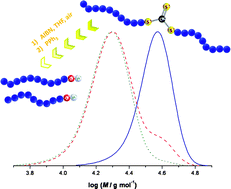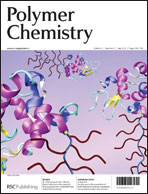Facile conversion of RAFT polymers into hydroxyl functional polymers: a detailed investigation of variable monomer and RAFT agent combinations†
Abstract
We report the systematic investigation of a recently introduced one-pot radical transformation of


 Please wait while we load your content...
Please wait while we load your content...